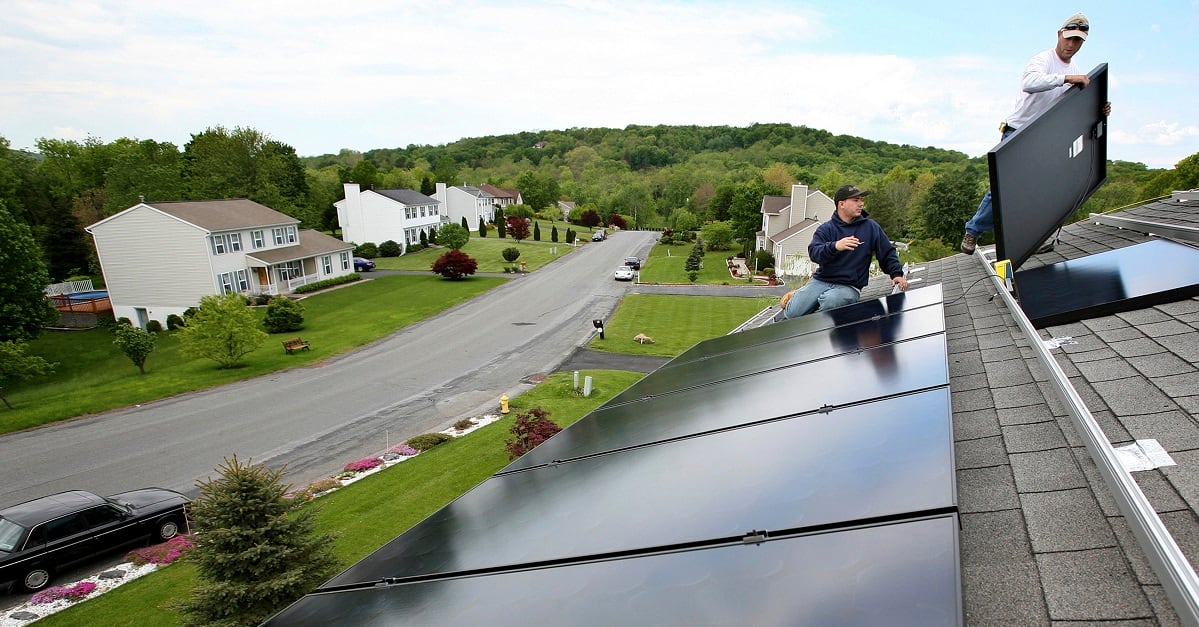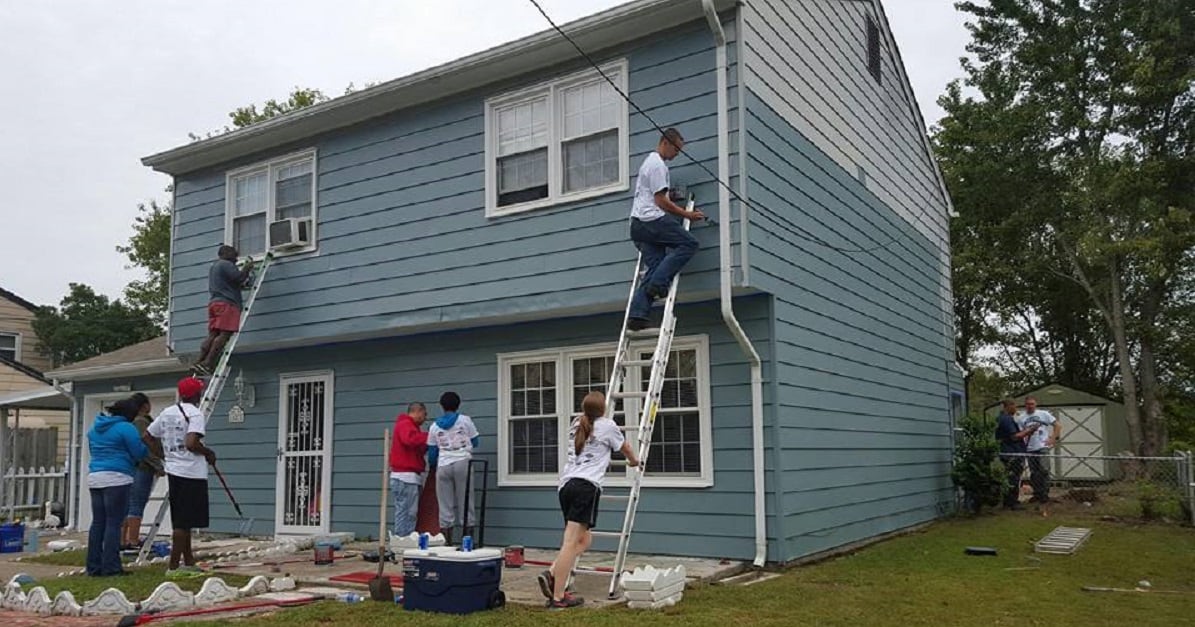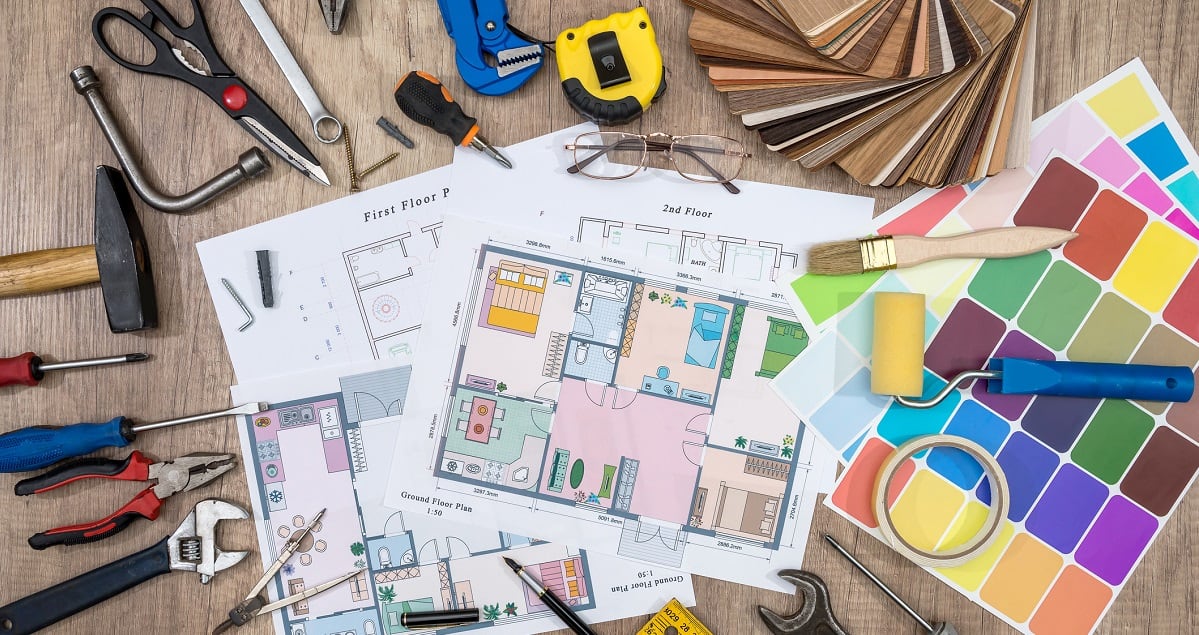Veterans looking to make improvements or repairs on a home with a VA-backed mortgage may be able to use another VA loan product to help.
Supplemental loans can be used for most anything that results in “improving the basic livability or utility of the property,” according to the VA Lenders Handbook. But there are eligibility restrictions, and veterans seeking to make certain types of improvements may be out of luck.
Some basics, courtesy of the handbook and other VA materials:
1. Add-ons only. Veterans must use the supplemental loan in conjunction with an existing VA loan on the property. They cannot use their VA eligibility to borrow for repairs being made on homes with paid-off loans, or on homes that weren’t purchased with a VA-backed loan.
RELATED

2. Limited luxuries. The loan must be used “primarily to the maintenance, replacement, improvement or acquisition of real property,” per the handbook. It specifically prohibits building pools or barbecue pits with the cash.
3. Fixtures 101. No more than 30 percent of the loan can go toward “nonfixtures or quasi-fixtures,” per the handbook. This means a renovated kitchen is on the table, but not if most of the money is earmarked for a brand-new fridge or oven. If the loan involves purchasing these types of items, they must be done in conjunction with the planned renovations ― borrowers can’t tack on a new microwave for the kitchen if they’re redoing the basement, for example.
4. Time limits. The loan can last up to 30 years, which is longer than most non-VA-backed renovation loans that are often measured in months.
5. Good standing. Borrowers who are behind in the payments on their existing VA loan aren’t eligible, per the handbook, “unless a primary purpose of the supplemental loan is to improve the ability of the borrower to maintain the loan obligation.”

Want to know more about these loans, or other VA-backed products? Visit our VA Loan Center.
Kevin Lilley is the features editor of Military Times.




